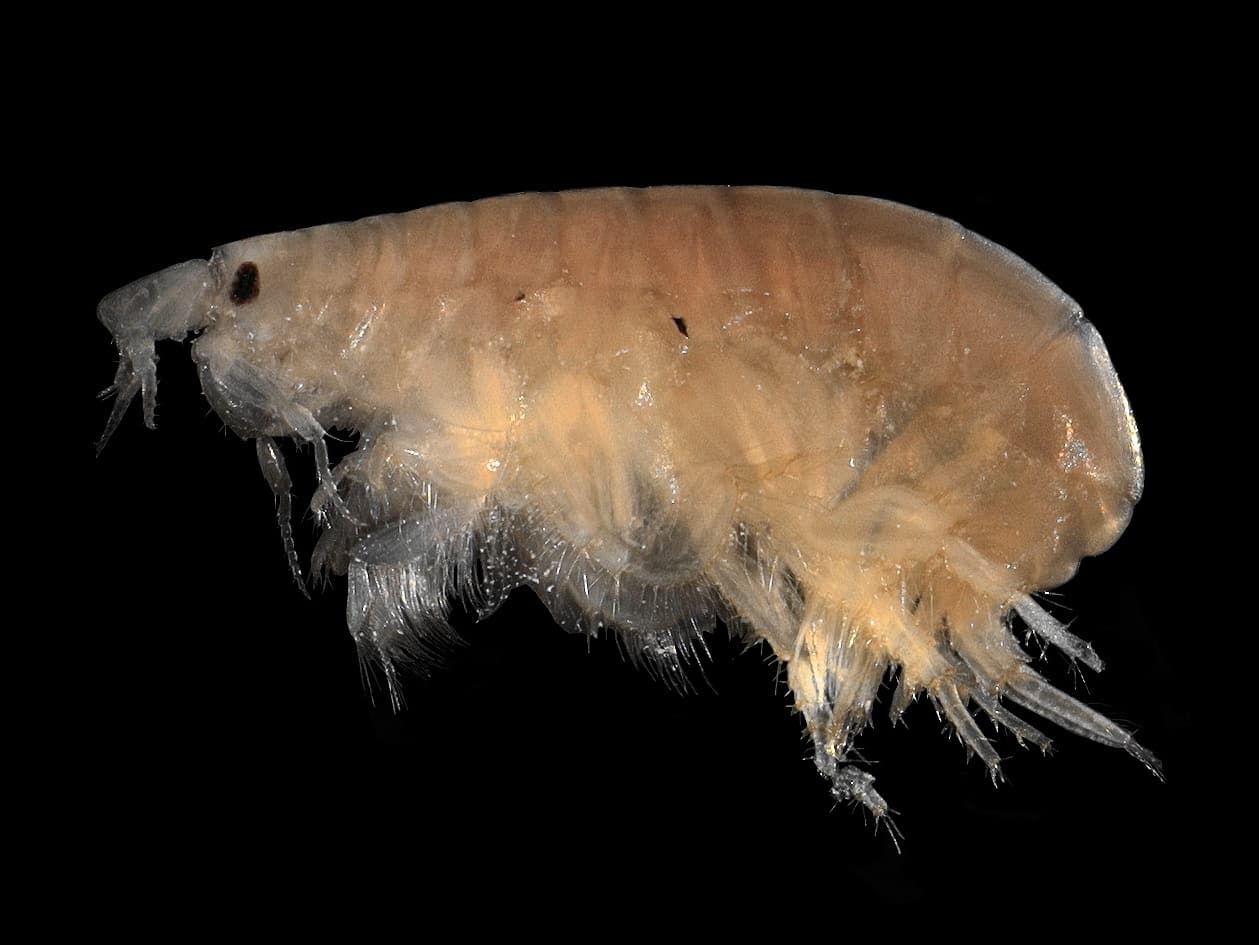
Man-made toxins found in the deepest ocean trenches
Man-made toxins found in the deepest ocean trenches. New research has revealed surprisingly high concentrations of pollutants among deep-sea species.
Even the creatures living in Earth’s deepest oceanic trenches aren’t safe from man-made toxins. New research has revealed surprisingly significant concentrations of pollutants among deep-sea species.
Prior to the latest research, scientists had only measured the accumulation of pollutants in deep-sea species living at depths of less than about 6,500 feet. Recently, a team of marine biologists and oceanographers analyzed toxin levels in species collected from Marianas Trench, the world’s deepest oceanic trench, as well as from Kermadec Trench near New Zealand.
Shrimp-like crustaceans called amphipods were collected from water depths between 23,000 and 33,000 feet. Man-made toxins found in the deepest ocean trenches
Sizable concentrations of polychlorinated biphenyls, or PCBs, and polybrominated diphenyl ethers, or PBDEs, were found in amphipods from both trenches.
PCBs are used in plastics manufacturing and coated on the hulls of ships to prevent barnacle growth. PBDEs are the main ingredient in flame retardants. Both categories of chemicals are classified as persistent organic pollutants, POPs, named for the lengthy amount of time it takes for them to be broken down.
The levels of PCB toxins found in amphipods collected from Marianas Tench were especially high — 15 times higher than levels measured in Kermadec amphipods.
“It’s even higher than in the estuaries of two of the most polluted rivers — the Pearl River and the Liao River — in China,” Alan Jamieson, a deep-ocean researcher at the University of Aberdeen in Scotland, told Nature.
Kermadec amphipods featured much higher levels of PBDEs than Marianas amphipods.
“The take-home message is that when you dump rubbish into the sea, it will ultimately sink. When [pollutants] fall into the trenches, they have nowhere else to go. So they’re just going to keep building up,” added Jamieson.
The latest findings are based on research conducted during two deep-sea expeditions in 2014 — funded by the National Science Foundation and featuring scientists from both Europe and the United States. During the expeditions, researchers filmed a new species of snailfish at a record-setting depth of five miles beneath the ocean surface.
—
Credit: UPI












